First mention of a Carnival parade was in the “Publicatieblad 1872, nr. 27.” This ordinance created the possibility to organize and regulate Carnival parades in public places.
First Carnival Parade
First mention of a Carnival parade was in the “Publicatieblad 1872, nr. 27.” This ordinance created the possibility to organize and regulate Carnival parades in public places.
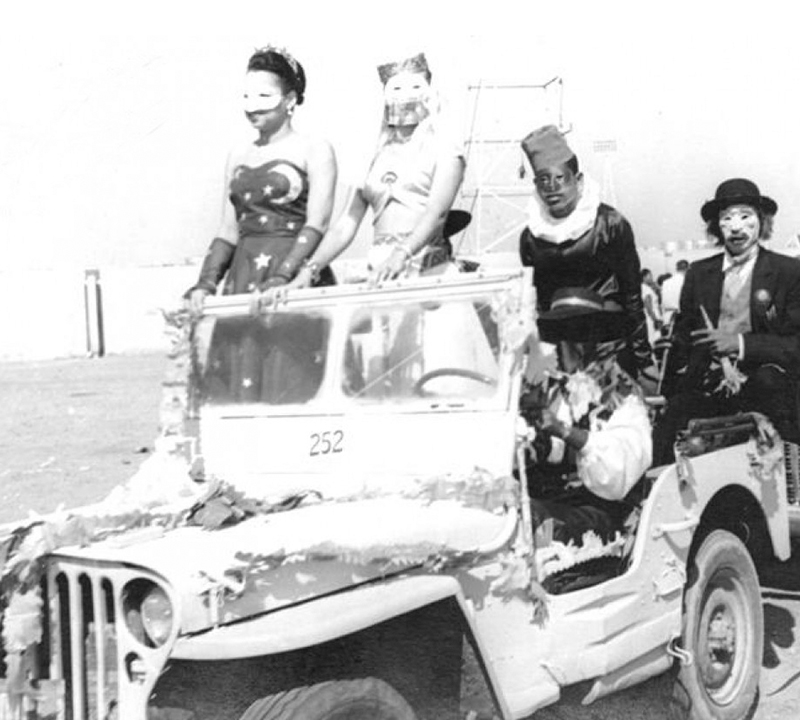
In 1901 “De Curaçaosche Courant” (Februari, 22) indicates that, “according to Spanish American habits” Carnival was celebrated on the Island.
This celebration was an initiative of several Venezuelan citizens who lived here temporarily. The festivities took place in a private elite club, according to “De Curaçaosche Courant” in 1901.
Oral History Sources indicate that “The Jolly Fellows Society” was considered the driving force behind the development of celebrating carnival on the streets for the first time in 1947.
In 1949 a foundation “Stichtingscommissie Carnavalsfeesten” was created to celebrate Carnival with an elected “Prince Carnival”.
The intention was to involve the entire population in the celebration. Photos show that local participation was very low. The celebration remained elitist and interest dwindled in the fifties.
In 1961 Benjamin Wefer and Elias Bronswinkel wanted to generate interest again by founding the Central Carnival Committee Curaçao
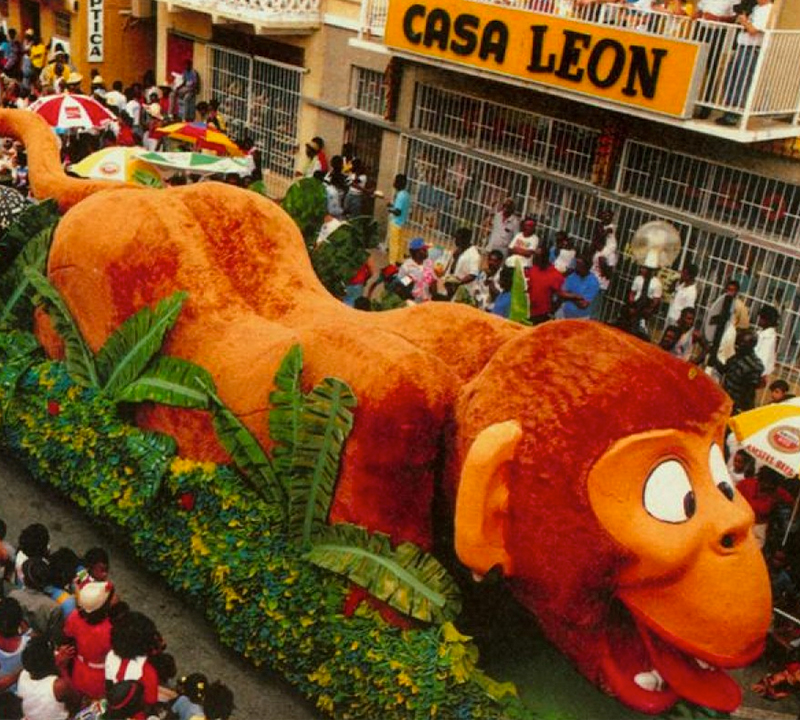
In 1971 Carnival gained more popularity again.
The “Komité Karnaval Kòrsou” (Committee Carnival Curaçao) was founded that year by a group led by Omalio Merien and the festivities entered a new era. The aim of the Committee was to ensure the participation of people of every nationality and profession or trade in Curaçao in the celebration of Carnival
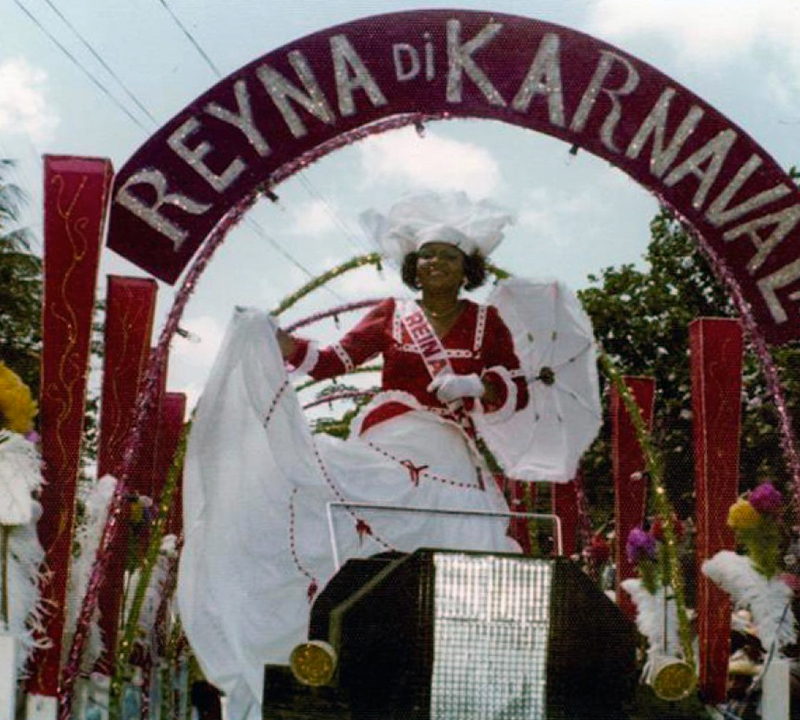
The slogan of the 1971 Carnival was “KARNAVAL PA UN I TUR I PA UNI TUR.”
(Carnival for one and all and uniting one and all). That year the Tumba was introduced as the road march. Simple parades were introduced in the streets, starting in Otrobanda across the Emma Bridge to Marie Pampoen.
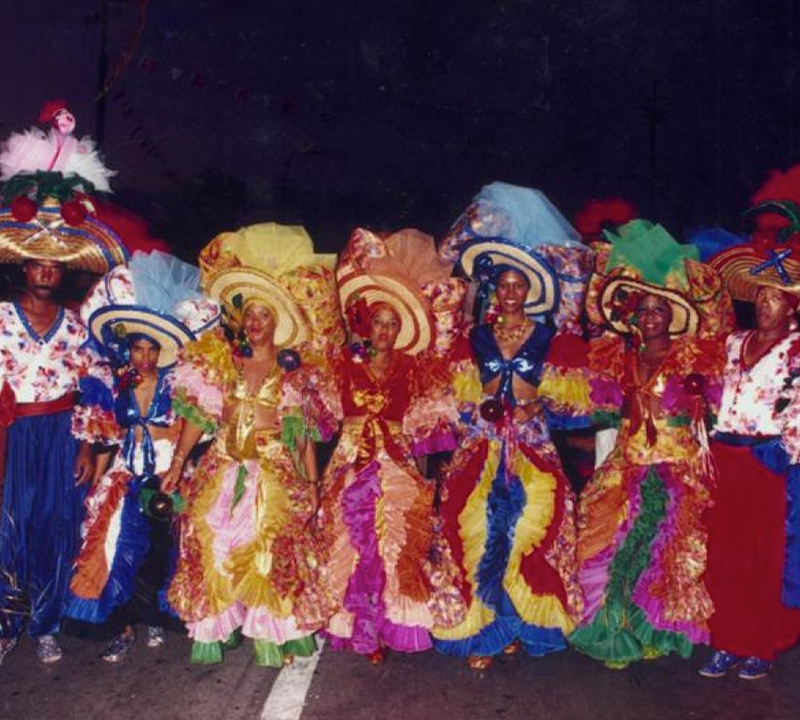
The organizing committee was presided by illustrious names like Omalio Merien, Felio Colinet, Frank Rosina i Boy Winklaar.
In 1981 the Youth Carnival was introduced. In the nineties “Fundashon Karnaval Kòrsou” or FKK (Curaçao Carnival Foundation) was founded. During these years the parade route was changed because the Emma Bridge was considered too weak to withstand the weight of the big parade busses; the route began at Santa Maria and ended in Otrobanda.
In 1995 Teen Parades were introduced as part of the festivities.
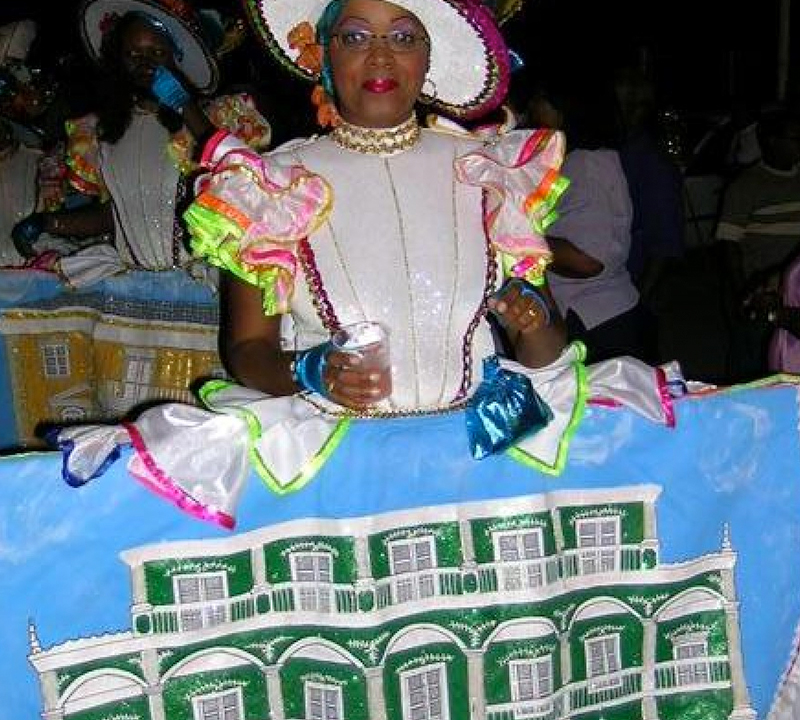
The organizing committee was presided by illustrious names like Omalio Merien, Felio Colinet, Frank Rosina i Boy Winklaar.
In 1981 the Youth Carnival was introduced. In the nineties the Fundashon Karnaval Kòrsou (FKK) was founded. In these years the march changed its route. Because the Emmabridge was considered to fragile for the big paradebusses the route began at Santa Maria and ended in Otrobanda.
In 1995 Teen Parades were added to the festivities.
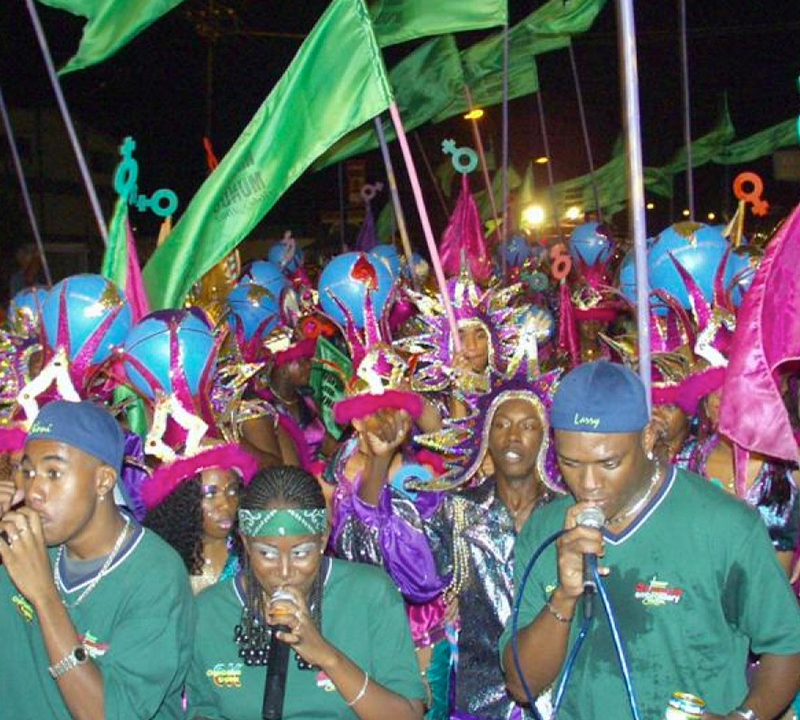
The organizing committee was presided by illustrious names like Omalio Merien, Felio Colinet, Frank Rosina i Boy Winklaar.
In 1981 the Youth Carnival was introduced. In the nineties the Fundashon Karnaval Kòrsou (FKK) was founded. In these years the march changed its route. Because the Emmabridge was considered to fragile for the big paradebusses the route began at Santa Maria and ended in Otrobanda.
In 1995 Teen Parades were added to the festivities.
Experience the modern & ancient historic
past events, people and governments of Curaçao

